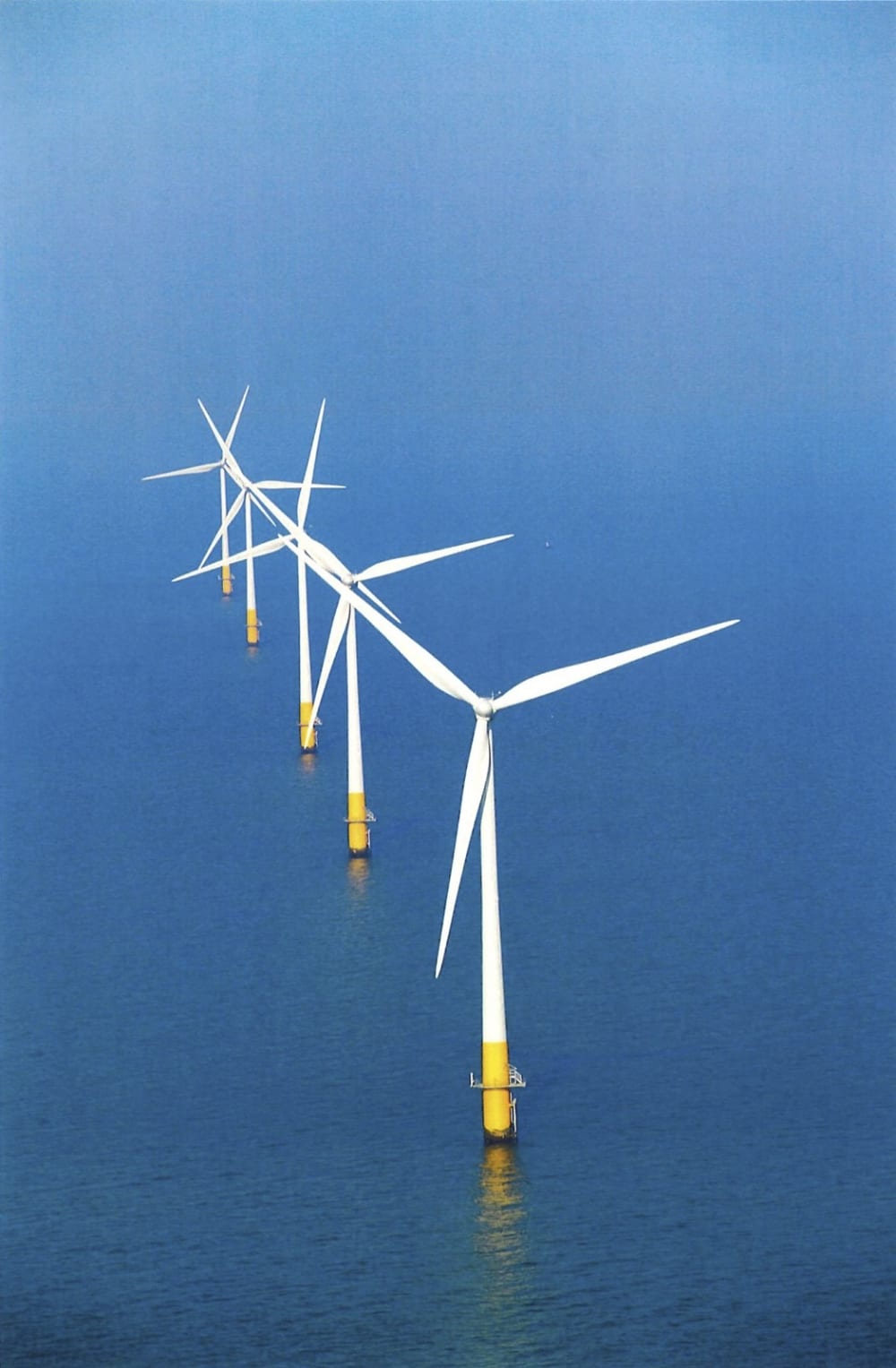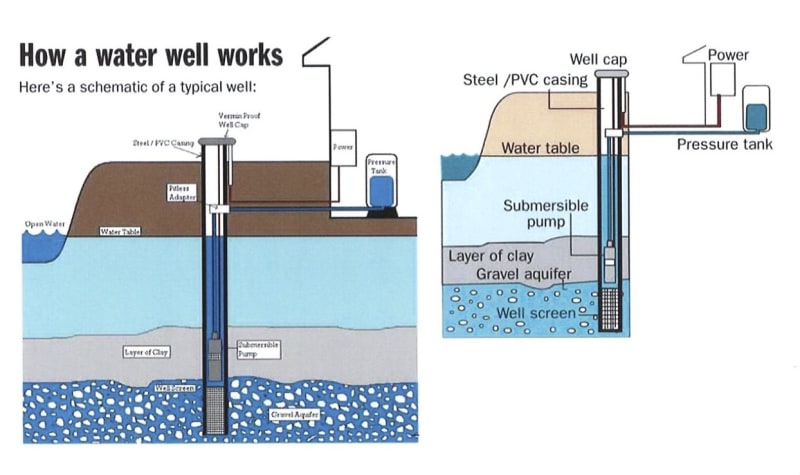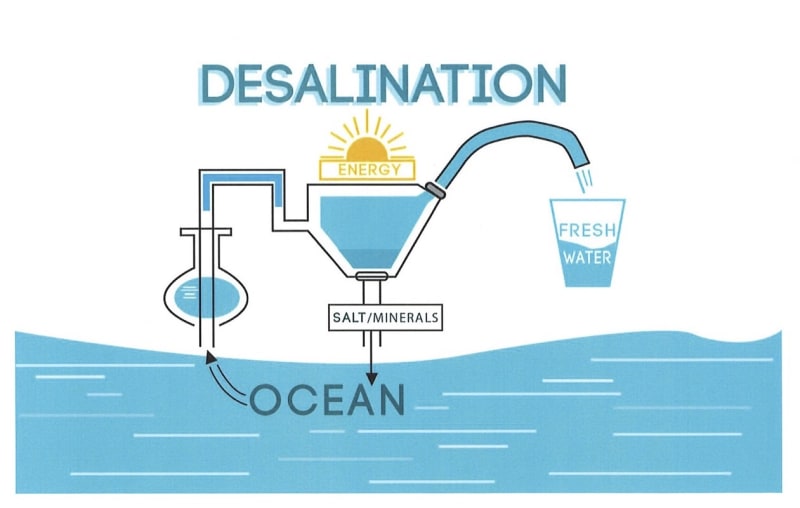Southern California suffers from drought conditions and reservoirs are being reduced at rates greater than they are replenished. The Pacific Ocean borders the California coast but salt water is not acceptable for agriculture or consumption. My idea is to use renewable, "green" methods to produce fresh water from the ocean, primarily for agriculture.
- Dig a series of wells, close to but not "on" the beach along the coastline. Allow the wells to fill with water from the ocean. It is important that the water is from the ocean, precipitates thru the soil and is not from the local aquifer. The soil is a primary filter to remove some of the salt from the salt water.
- Install wind turbines nearby to provide electric or mechanical power to run pumps with an on demand use. The pumps can be electric or mechanical, connected directly to the wind turbines.
- Pump the water from the wells to either a reverse osmosis operation or a distillation operation. The electric power to both or either comes from the wind turbines, not the local power grid.
- The desalinated water is pumped to a series of holding tanks, where it can be pumped to a local water processing facility for further processing and then added into the local municipal water supply system. This alone would reduce the demand on fresh water reservoirs.
- Alternately, desalinated but not processed for potable purposes, can be used directly for agricultural supply, again, reducing the demand on the reservoir sources.
- Process water form the desalination or the distillation processes can be returned to the ocean, it is at a higher salt concentration than the surrounding water but the currents will quickly dissipate and dilute it to be at equilibrium and compatible with the existing salt water environment.
- Alternately, the higher saline water could be allowed to further evaporate and provide a supply of sea salt.
- The number of wells should be more than the minimum to allow the precipitation of water from the ocean to the wells occur naturally, without the use of any energy for pumping actions.
- When a well is depleted, the system switches to the next for a continuous water source.
- For distillation, instead of a powered system, it could be a solar powered system where a series of large pools are encapsulated under domes, would be heated with solar power and the distillate water collected. Again, the remaining high saline solution could be processed as in #'s 6 & 7 above.
The entire operation may not be visually or aesthetically pleasing but it would provide a valuable product for consumption and be functionally self contained within it's own microgrid. Although intended for southern California, this system could be utilized where ever sufficient salt water, solar and/or wind power are available.
Like this entry?
-
About the Entrant
- Name:Eugene Haffner
- Type of entry:individual
- Patent status:none








